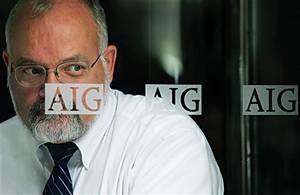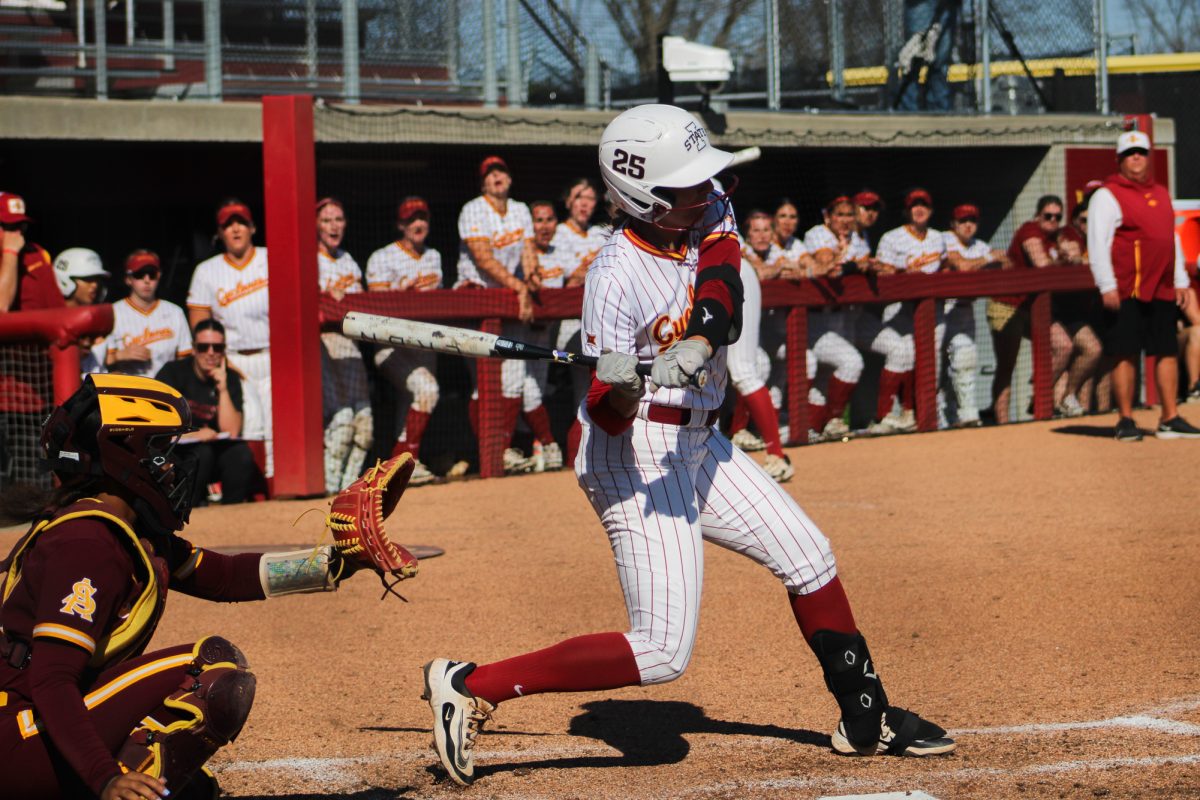Fed’s bailout for AIG swells to more than $150 billion

In this Sept. 16, 2008 file photo, a man leaves an American International Group office building in New York. American International Group Inc., once the world’s largest insurer, said Monday, Nov. 10, 2008,A that continued financial market turmoil resulted in a large third-quarter loss. AP Photo/Mark Lennihan
November 10, 2008
WASHINGTON (AP) — When the government offered an emergency loan to insurer American International Group in September, eyebrows shot up at the $85 billion price tag. Now it looks like pocket change.
The size of the AIG lifeline swelled to more than $150 billion on Monday, a record for a private company. But the head of the broader financial rescue package was cool to other companies reaching for a piece of the bailout pie.
The new AIG package includes a $40 billion chunk of the $700 billion financial bailout. It’s the first time money from the big rescue bill has gone to any company other than a bank.
General Motors, Ford and Chrysler, burning through cash and bleeding jobs, are prodding the government for more help. The leaders of the House and Senate have urged Treasury Secretary Henry Paulson to get some of the $700 billion to the Big Three.
The automakers, covering all their options, are also pushing to get help as part of a new, multibillion-dollar stimulus package for the economy if Democrats push it through Congress when a lame-duck session convenes next week.
President-elect Barack Obama has said his transition team would explore options to provide relief to the auto industry, and President Bush’s press secretary said Monday the White House would “listen to” Congress if they try to help automakers.
Any money would be on top of the $25 billion in loans that Congress passed in September to help retool auto plants to build more fuel-efficient vehicles.
Neel Kashkari, the interim head of the $700 billion bailout program, was cool to the idea of funneling the money to companies beyond banks and AIG.
“This morning’s action with AIG was a one-off event necessary for financial stability. It is not the establishment of a new program,” he said at a financial conference in New York.
In a separate development late Monday, the Fed granted the request of credit card company American Express Co. to become a bank holding company.
Although the new status will subject the company to greater regulatory scrutiny, American Express will also gain access to the Fed’s emergency lending program. The company, which last month announced plans to slash its global work force, has been hard hit by the credit crisis as even the more affluent consumers the company caters to struggle to pay off their debts.
The original Fed loan to AIG was $85 billion, and the Fed added a $38 billion loan in October. But that has not been enough to firm up the company, which is so big and interconnected to other firms that its failure would devastate the economy.
Under the new plan, the Fed will provide $60 billion in loans. The Treasury will provide $40 billion to buy up preferred stock. And the government will spend close to $53 billion to buy up mortgage-backed assets and other AIG contracts on debt.
Total package: $153 billion. And AIG has also taken advantage of a federal plan to buy up short-term debt routinely issued by companies, known as commercial paper.
The $40 billion going to AIG will buy preferred shares of company stock, giving taxpayers an ownership stake. In turn, restrictions will be placed on executive pay at the firm.
The Fed stepped in with an $85 billion loan in September because the company is so big — linked to mutual funds and retirement products held by millions of Americans, not to mention ties to U.S. mortgages — that its failure would have devastated the economy.
“The bailout continues, and essentially exemplifies the notion of ‘too big to fail,’ said Anthony Sabino, a professor of law and business at St. John’s University. “But the question must be asked: Where does it end?”
AIG also came under fire for spending hundreds of thousands of dollars on a California retreat just days after the Fed loan was announced in September.
In other bailout news Monday, mortgage finance company Fannie Mae said it may have to tap a $100 billion government lifeline as early as next year after posting a massive third-quarter loss.
Fannie Mae, seized by federal regulators more than two months ago, posted a staggering loss of $13 per share for the July-to-September quarter, compared with a loss $1.56 a share, for the same period last year.
The company’s net worth — what it owns minus what it owes — fell to $9.4 billion at the end of September, from $44.1 billion at the end of last year. If that number turns negative, Fannie Mae said it would be required to tap Treasury for help.
The new package for AIG was unveiled as the insurer issued new, bleak quarterly results. It lost $24.5 billion in the third quarter after turning a $3.1 billion profit in the third quarter of 2007.
Under the restructuring, AIG also gets easier terms on the Fed loans, reducing the risk AIG will have to sell off assets at firesale prices to pay back the government.
“This is a very big deal for AIG. It essentially plugs two of the biggest holes that the company had,” said Rob Haines, analyst at CreditSights.
Fed officials expressed confidence the money would eventually be repaid to taxpayers, and presidential press secretary Dana Perino said it would also be good for the fragile U.S. economy.
The federal help “will allow AIG to continue to restructure themselves in a way that will not hurt the overall economy. AIG is a large, interconnected firm,” she said.
AIG Chief Executive Edward Liddy called the plan a “win-win.”
“It sends a strong signal to our policy holders, to government, to regulators around the world, to our business partners and counterparts that AIG is in fact on the road to recovery,” he said.






